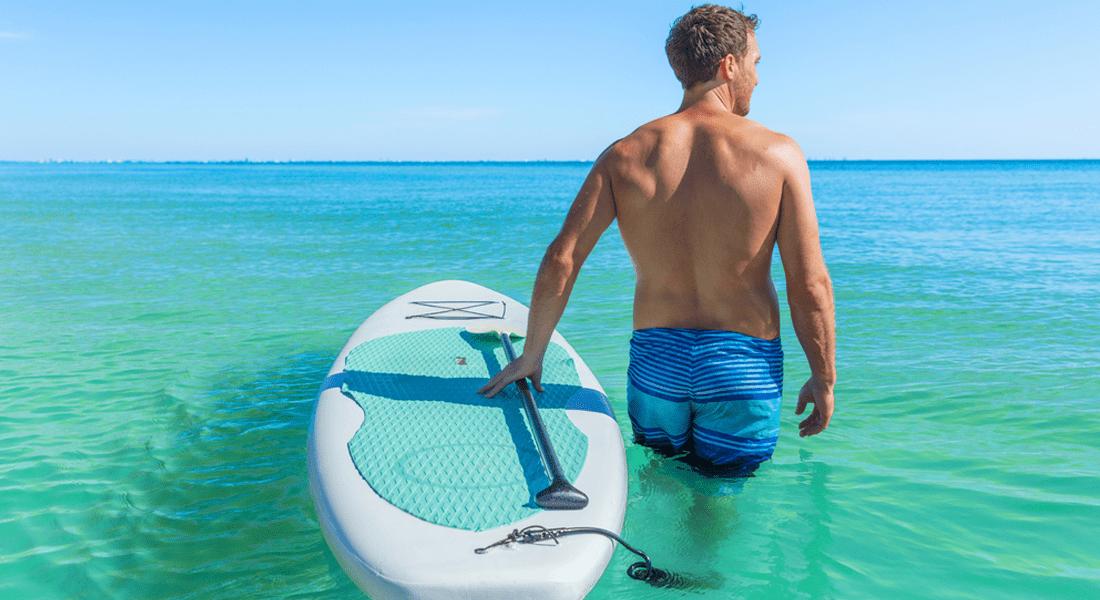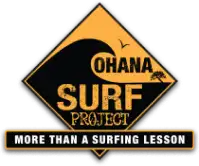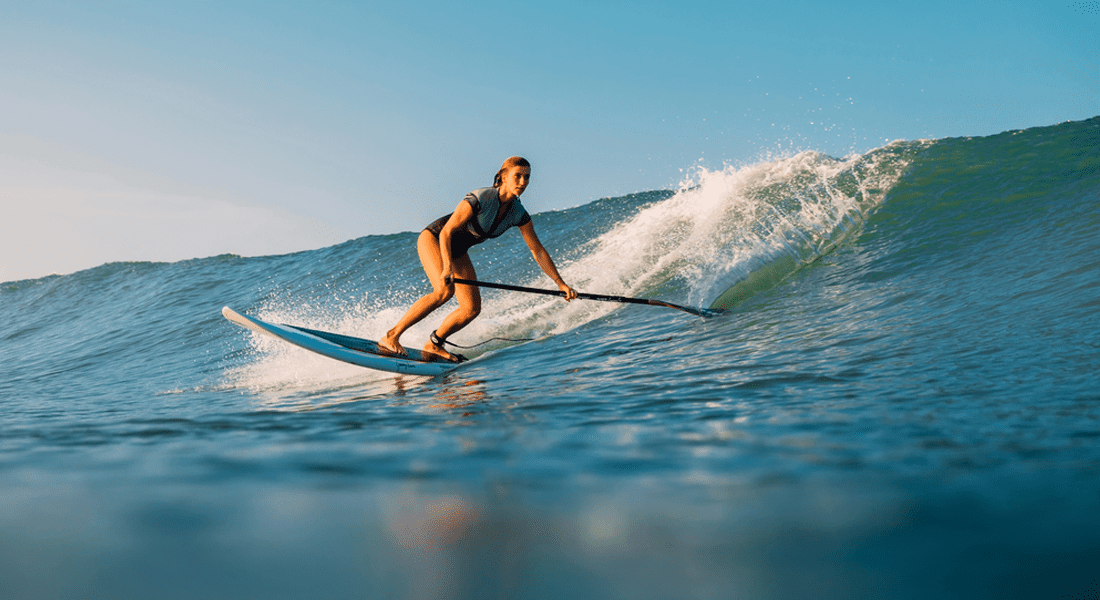
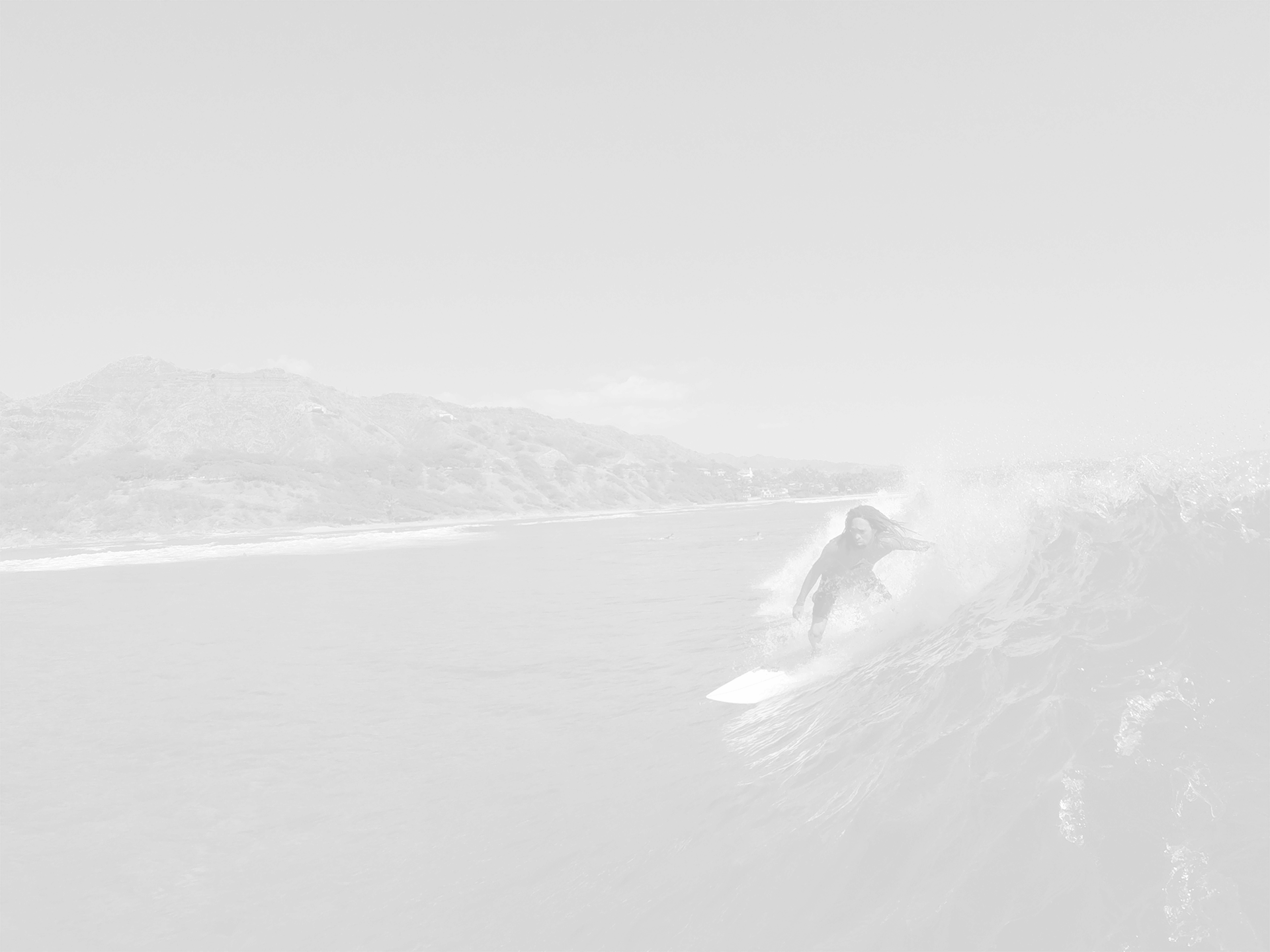
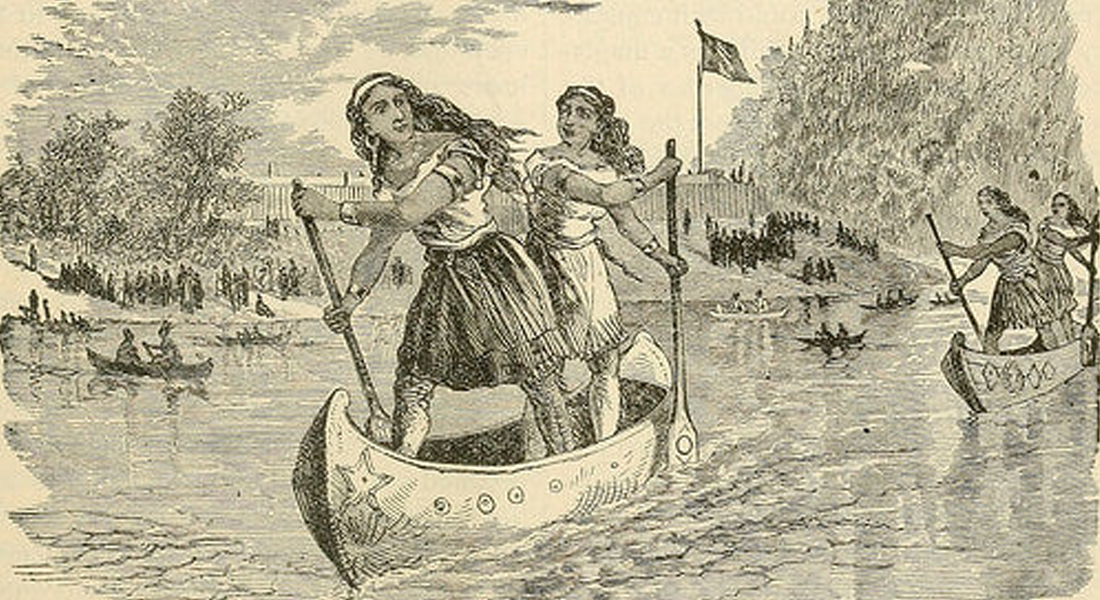

The History Of Stand Up Paddle Boarding
The history of stand up paddle boarding (SUP) is rich and fascinating–stretching across centuries and cultures. From ancient Polynesian traditions to the modern-day fitness craze, SUP has evolved into a widely loved water sport.
Ohana Surf Project is passionate about not only teaching people how to paddleboard but also sharing the history behind this popular activity. Let us take you through the journey of SUP from its beginnings to where it stands today.
What Is Stand Up Paddle Boarding?
It’s important to first understand what stand up paddleboarding is. SUP involves standing on a large board, typically around 10 to 12 feet long, and using a long paddle to move across the water.
Unlike surfing, where the goal is to ride waves, SUP can be done on calm waters or waves. It presents a more relaxed way to enjoy the ocean, lakes, or rivers.
The Ancient Roots of Stand Up Paddle Boarding
Stand up paddleboarding may feel like a modern trend. However, its roots go way back in history. The origins of SUP trace back to the ancient Polynesians–who used a form of paddleboarding as a way of fishing, traveling, and navigating the waters.
In the early 1700s, during Captain James Cook’s voyages to Hawaii, he observed native Polynesians riding large wooden boards while using paddles to propel themselves across the water. These early paddlers were not just surfing waves but also standing on boards and using paddles to move across calm waters.
The method was effective for travel, fishing, and even for fun. In these early days, the boards were long, narrow, and often made from wood or other local materials.
Polynesian Influence on SUP
The Polynesians are often credited with developing the technique that would later become modern-day stand up paddleboarding. In Hawaii, stand up paddling was not only a practical activity for moving between islands but also a cultural tradition.
These early surfers relied on their large boards to move through the water while standing upright. Unlike those in smaller boats, they did not kneel or sit while navigating the waves. It was a highly efficient way to travel and also a way to connect with the ocean and the environment.
The Revival of Stand Up Paddle Boarding in the 1940s
The history of stand up paddle boarding took a significant turn in the 1940s when it was rediscovered by surfers in Waikiki, Hawaii. Surfing instructors would use a technique known as "Beach Boy Surfing" to teach tourists how to surf.
Instead of lying down or paddling on a surfboard, these instructors would stand on their boards and use long paddles to guide themselves through the water. This allowed them to easily keep an eye on their students and assist them in the waves.
The use of a paddle gave the instructor more control and allowed for better visibility. It was also a great way to navigate through the calm waters of Waikiki.
Learn More About Us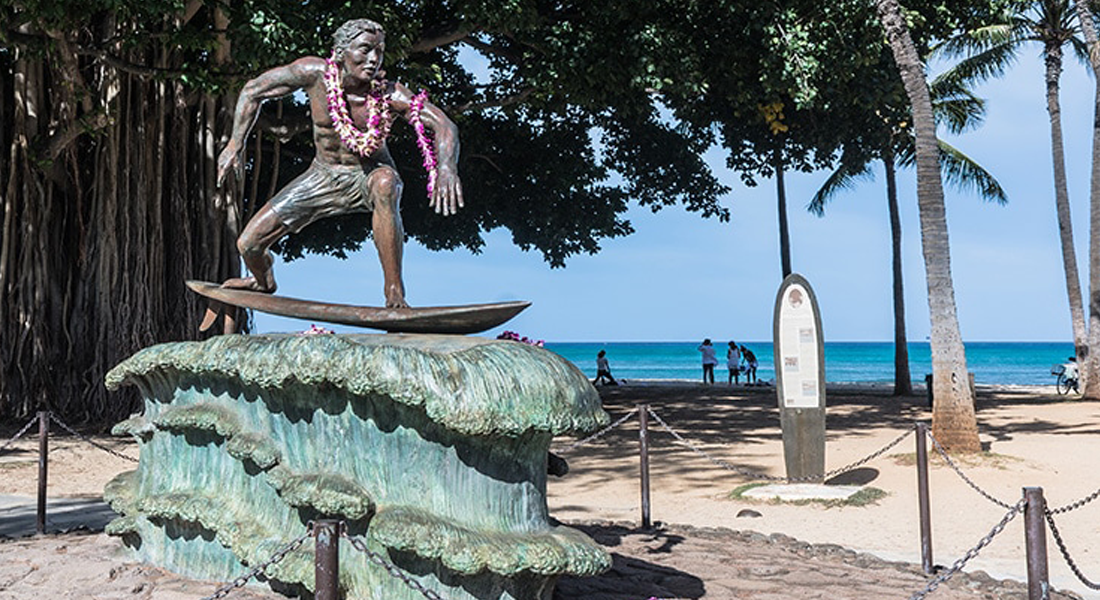

Stand Up Paddle Boarding’s Rise to Popularity in the 21st Century
While the practice of stand up paddleboarding was revived in the 1940s, it did not gain widespread popularity until much later. It wasn’t until the 1990s that SUP began to take off as a recreational sport.
During this period, famous surfers like Laird Hamilton and Dave Kalama started using stand up paddleboards for cross-training and fitness. They discovered that the sport offered a full-body workout and could be done on calm waters or in the waves, giving it a unique appeal.
Laird Hamilton, one of the most well-known figures in the world of surfing, is often credited with helping bring SUP into the modern era. In the 1990s, he began using a paddleboard for his surf training. This method of training eventually caught the attention of other surfers and outdoor enthusiasts.
From there, SUP grew in popularity as more people saw the sport’s potential as both a fun activity and a great workout.
The Evolution of Equipment
As stand up paddleboarding grew in popularity, the equipment used for the sport also evolved. In the early days, boards were primarily made of wood. This material made them heavy, which added to the challenge of transporting them.
As the sport gained traction, manufacturers began creating lighter and more durable boards using foam, fiberglass, and carbon fiber. This made it easier for people to handle and transport their boards.
More recently, inflatable SUP boards have become a popular option, especially for those who want the convenience of portability. These inflatable boards deliver the same great performance as solid boards. They can also be deflated and packed into a bag for easy transport and storage–perfect for people with limited storage space or those who travel frequently.
SUP Becomes a Global Phenomenon
By the early 2000s, stand up paddleboarding had become a global phenomenon. It was no longer just a sport for surfers or fitness enthusiasts—it had become a mainstream activity that people of all ages could enjoy.
The sport's versatility allowed it to be enjoyed on a variety of water bodies, from calm lakes and rivers to the open ocean. The ability to use SUP for fitness, racing, and even yoga made it a versatile and inclusive activity.
In the United States and around the world, SUP schools and rental companies began to pop up and bring more opportunities to try the sport. It was also during this time that SUP races started gaining popularity, with participants competing in both sprint and distance events.
SUP racing became an exciting way for people to challenge themselves and test their skills against others.
SUP in Modern Times
Today, SUP is one of the fastest-growing water sports worldwide. It is enjoyed by people of all ages and skill levels, from beginners to advanced paddlers.
The sport is now part of mainstream fitness, with SUP yoga and fitness classes offered at many locations. People use SUP for recreational purposes, exercise, and even meditation, as it presents a calm and peaceful way to connect with nature.
At Ohana Surf Project, we are excited to be part of the growing SUP community. We offer beginner and advanced lessons to help you get started with SUP. Are you looking to paddle on calm waters or take on the challenge of surfing waves? We have the equipment and expertise to guide you every step of the way.
The Future of Stand Up Paddle Boarding
The history of stand up paddle boarding continues to evolve, and the sport shows no signs of slowing down. With advancements in equipment, greater accessibility, and more diverse opportunities for participation, SUP is likely to remain a popular activity for years to come.
It is a sport that appeals to people of all ages, fitness levels, and backgrounds. For this reason, it becomes a welcoming activity for anyone who wants to get out on the water.
The history of stand up paddle boarding is a story of cultural tradition, innovation, and growth. From its origins in ancient Polynesia to its rise as a modern sport, SUP has become a beloved activity for people around the world. No matter if you are looking for a fun way to stay active or simply want to enjoy the beauty of the water, SUP offers something for everyone.
You can experience the joy of SUP firsthand through our expert-led lessons or with our convenient paddleboard rentals—perfect for exploring on your own.
Join us at Ohana Surf Project to experience the joy of stand up paddleboarding for yourself.
OTHER OSP BLOGS

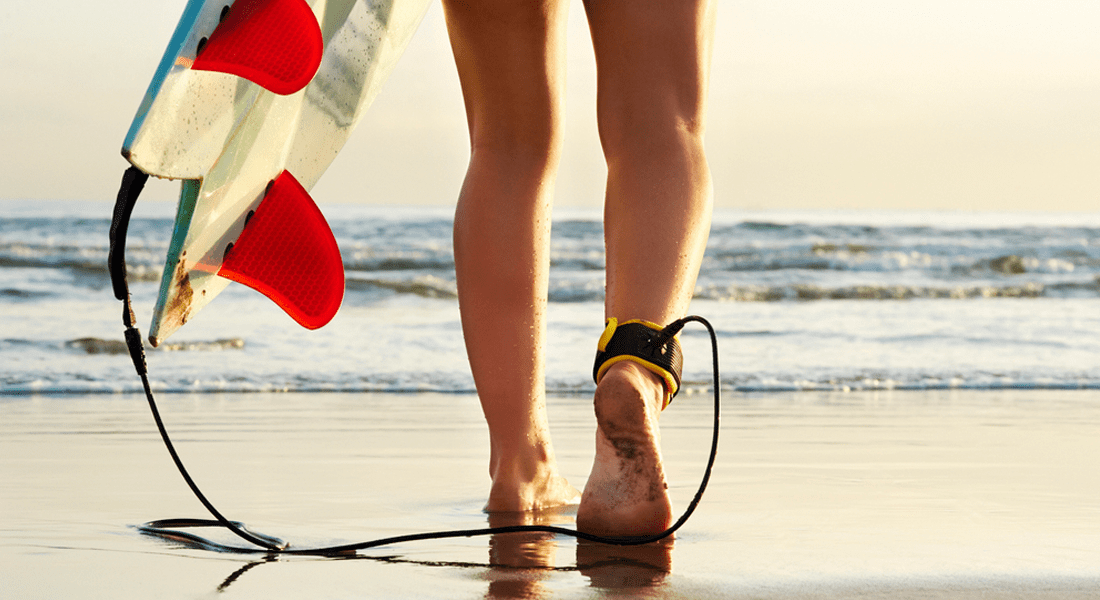
What Size Surfboard Leash Should You Use?
Choosing the right surfboard leash size goes beyond convenience. It affects safety, comfort, and performance in the water. Surfers of all levels rely on their leash to keep the board[...]